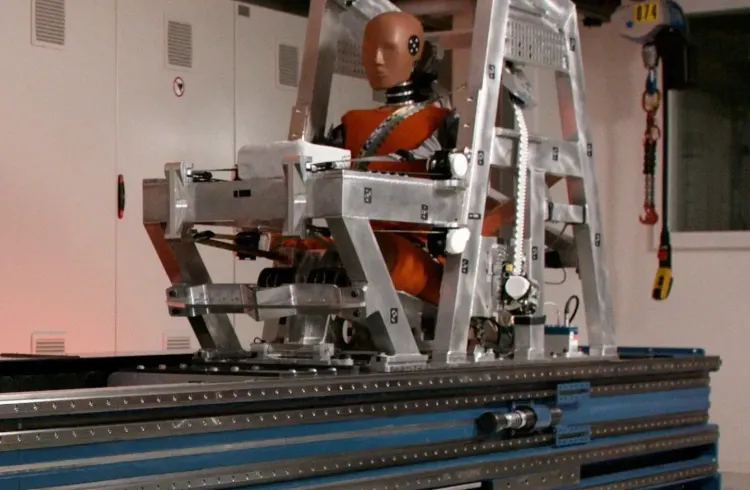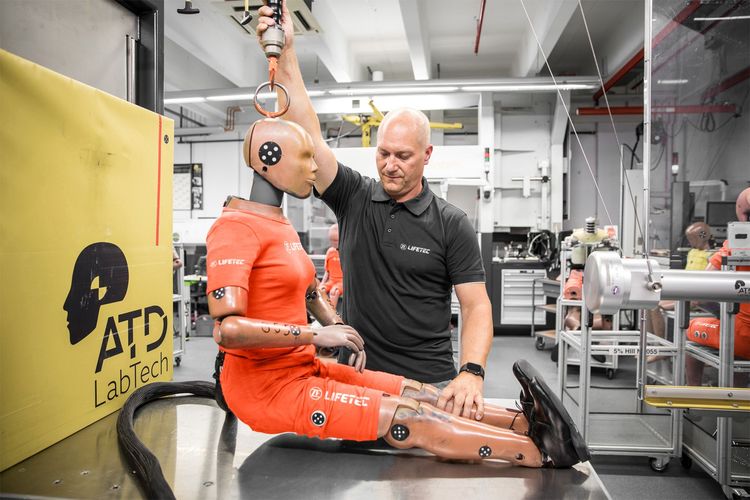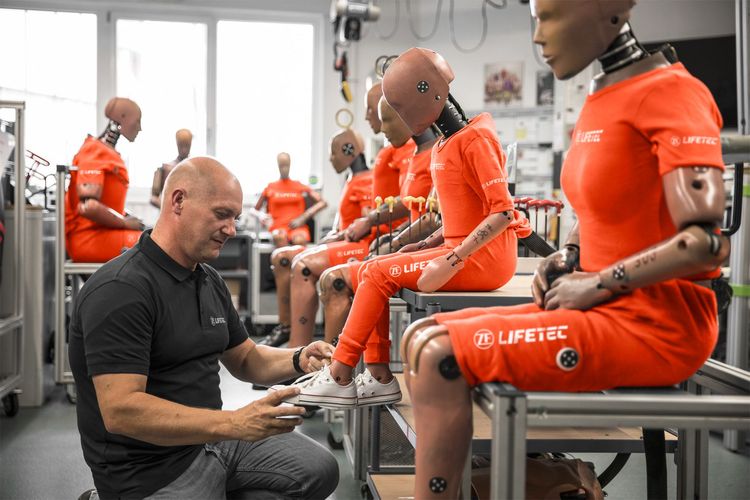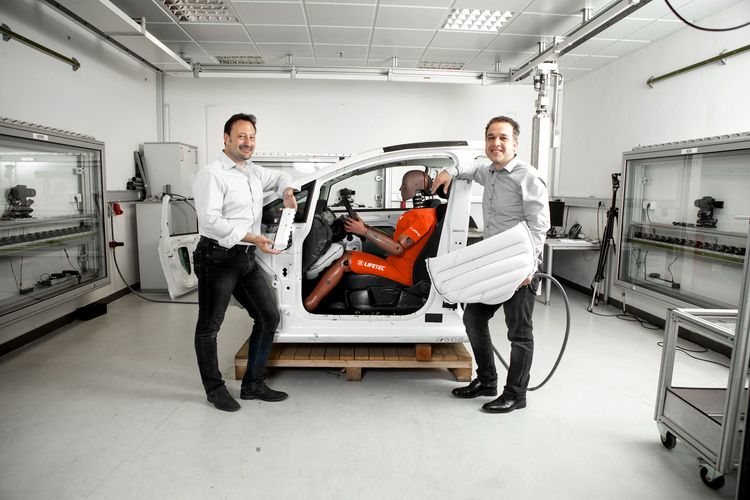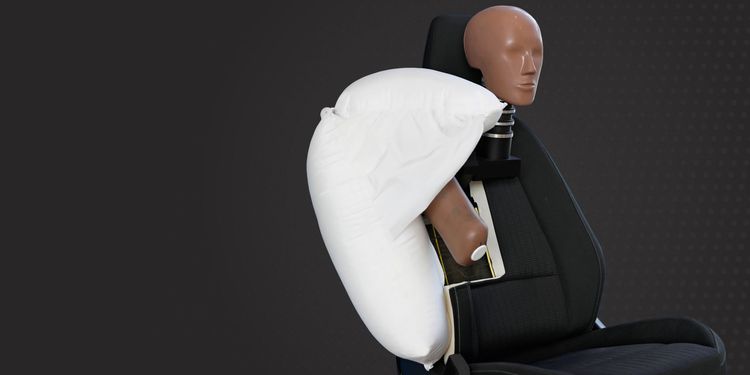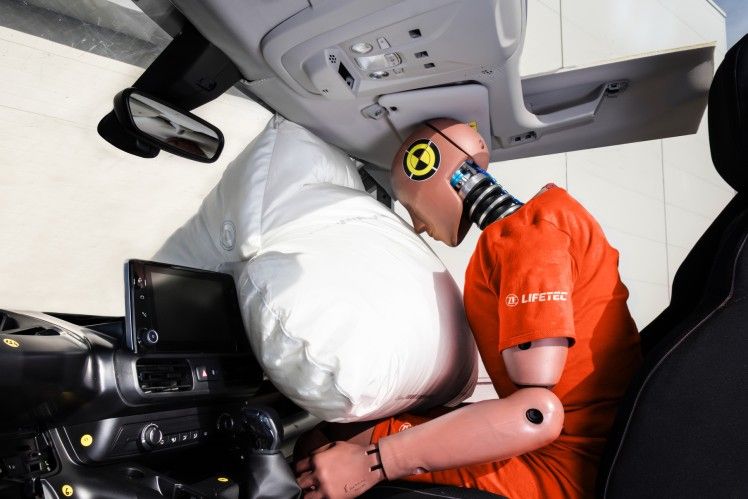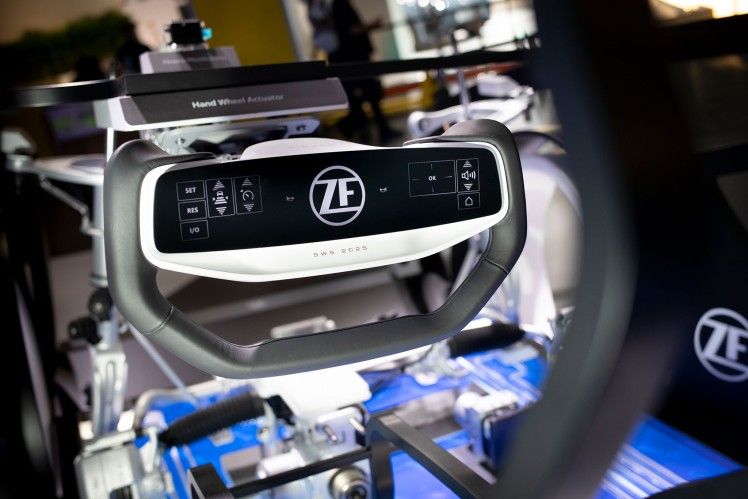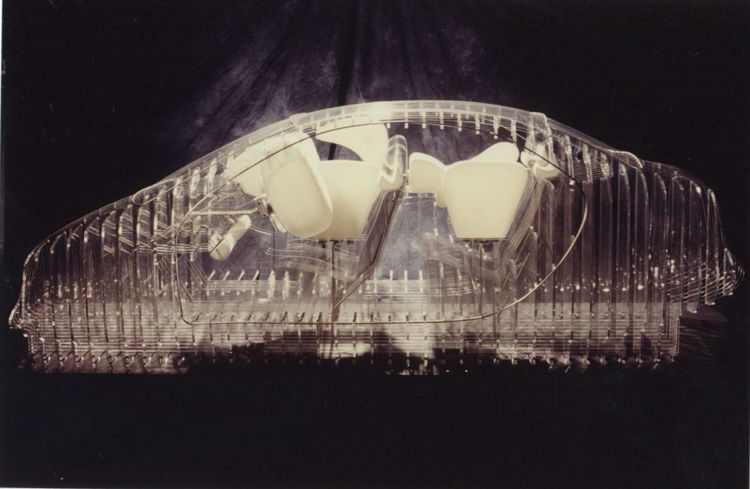
Saving Lives with a Technology Approach
Our next-generation system solutions are opening up opportunities for automated driving and smart future vehicle interiors. As a global leader in passive safety system solutions, we at ZF LIFETEC are firmly committed to delivering advanced protection for vehicle occupants through innovative and reliable passive safety technologies.
All-in-one: Advancing into Next-generation Systems
Through our broad product offering, we provide comprehensive and smart passive safety solutions, ensuring a holistic approach to occupant safety. We are able to combine seatbelt systems with steering wheels and inflatable restraint systems into smart next-generation passive safety solutions. An interacting combination of these products is required in the context of (semi-) automated driving and advanced occupant safety as well as for the interior of the future.
This is the challenge: A high level of automated driving gives drivers more freedom to do things, such as adjusting their seats to comfortable positions while the vehicle is moving. These new interior concepts are changing the requirements for occupant protection. Simultaneously, new passive safety systems are opening up additional design opportunities for vehicle manufacturers.
This is what we do: Based upon our comprehensive range of products, we are advancing smart interior monitoring to prepare the passive safety bedrock for the future of (semi-) automated driving.
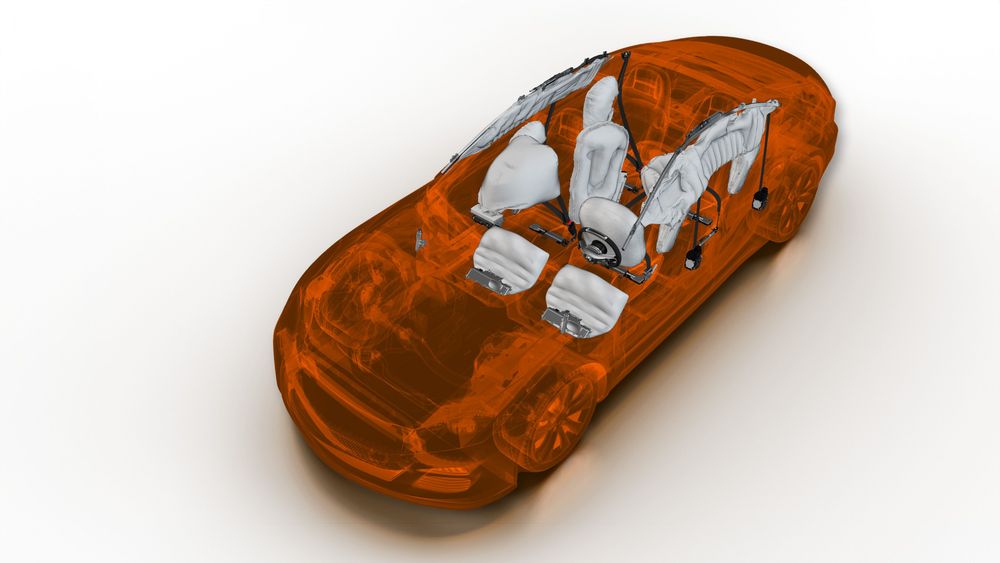
Seat Belt Systems
Our seat belts are designed to protect occupants from serious injury in an accident and to "hand them over" to the airbag in a targeted manner. They are used as a fundamental element of the passive safety system in modern cars. The primary function of a safety belt is to keep occupants securely in their seats while driving and to prevent uncontrolled movement in the event of a sudden impact.
Properly wearing the seat belt keeps the occupants securely attached to the vehicle so that they are not ejected from the vehicle in the event of sudden braking, a collision, or a rollover. The seat belt consists of a webbing that goes across the occupant's hips and shoulders. In the event of an accident, the belt acts as a restraint system, evenly distributing the forces acting on the body, significantly reducing the risk of injury.
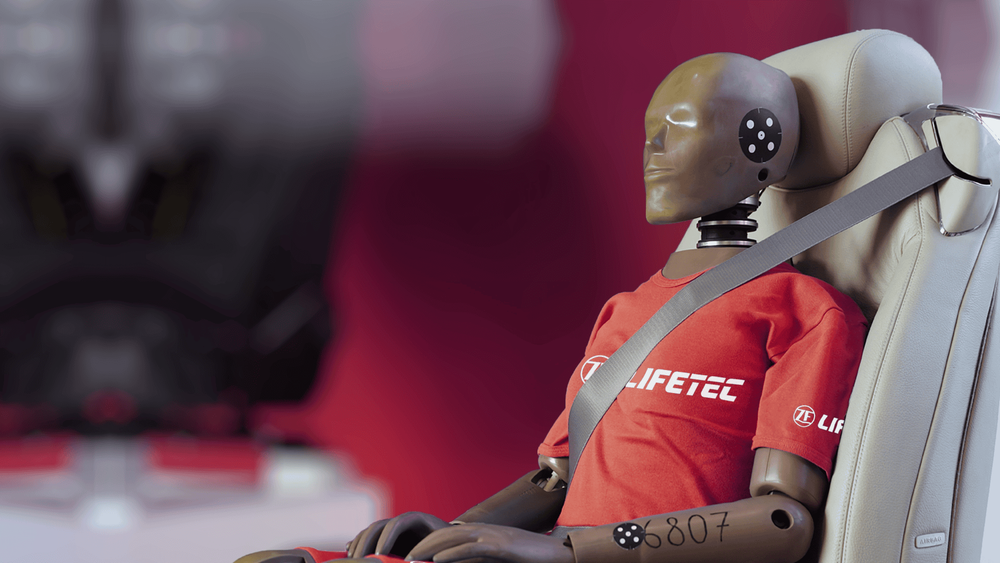
Inflatable Restraint Systems
The main function of an airbag is to absorb impact energy in the event of a sudden impact and protect the occupant from hard impacts against the dashboard, steering wheel or side panels of the vehicle. Due to the rapid deployment, the airbag can position itself between the occupant and the vehicle and dissipate the occupant's energy through targeted bleeding, thereby reducing the load values. In the event of an accident, sensors in the vehicle are activated to determine whether the impact has been sufficiently severe.
When this occurs, the airbags inflate at lightning speed, creating a protective barrier between the occupants and the vehicle's hard surfaces.
ZF LIFETEC manufactures different types of airbags that can be placed in different areas of the vehicle. The most common are front airbags, located in the steering wheel and on the passenger side. In addition, there are side airbags that offer side protection and curtain airbags that protect the head in the event of a side impact. The range of airbags used is constantly expanding and ZF LIFETEC is a driving force that brings innovations to the market through the development of new concepts such as the "bag in roof" or airbag models for the rear seat.
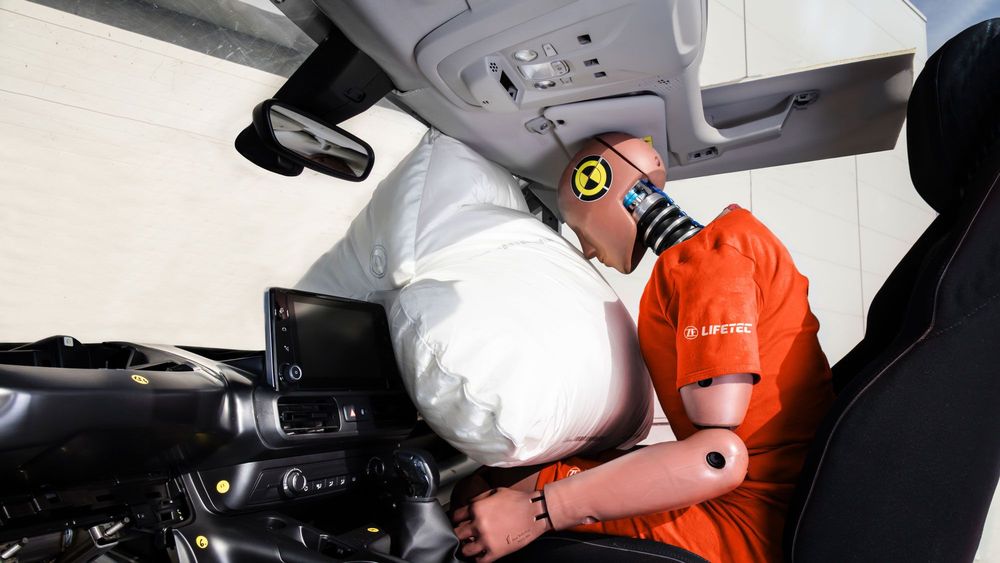
Steering Wheel Systems
In modern vehicles, steering wheels are increasingly becoming a functional element that goes beyond the conventional steering function. They are increasingly used as Human-Machine Interfaces (HMI), i.e. as an interface between the driver and the various functions of the vehicle. Today, steering wheels are equipped with a variety of controls that allow the driver to control various functions of the vehicle without having to take their hands off the wheel
With its steering wheels, ZF LIFETEC offers all the options that the market demands to integrate additional safety, comfort and infotainment functions. They offer space for buttons, switches or even touchscreens that are integrated into the steering wheel. They enable the various functions to be operated quickly and easily without the driver having to look for other controls in the vehicle. In addition, steering wheels can also be equipped with sensors that can, for example, recognize the position of the hand or touch to make operation even more convenient and the vehicle even safer.

Advanced Occupant Safety
Modern vehicle interior designs offering relaxed seating positions require comprehensive advances in the field of occupant protection. The growing number of intelligent cockpits featuring large screens, advanced driver assistance systems and the changed safety requirements in mostly heavier e-vehicles involve entirely new challenges for vehicle manufacturers.

A State-of-the-art Global R&D and Testing Network to Support our Customers
At ZF LIFETEC, we develop future-oriented restraint solutions for the vehicle interior. We strive to ensure innovation and the quality of today and tomorrow through our global R&D centers. Three global R&D centers in Germany, the US, and China drive product development and standardization providing for faster development and efficient testing. In addition, 33 local engineering facilities - including our Global Competence Center in Hyderabad, India, enable close collaboration with customers, local product customization, and monitoring of regional trends and regulations.
Our global presence in major automotive markets, supported by more than 3,000 engineers, makes us a trusted partner to OEMs, vehicle safety regulators, and NCAP agencies.




